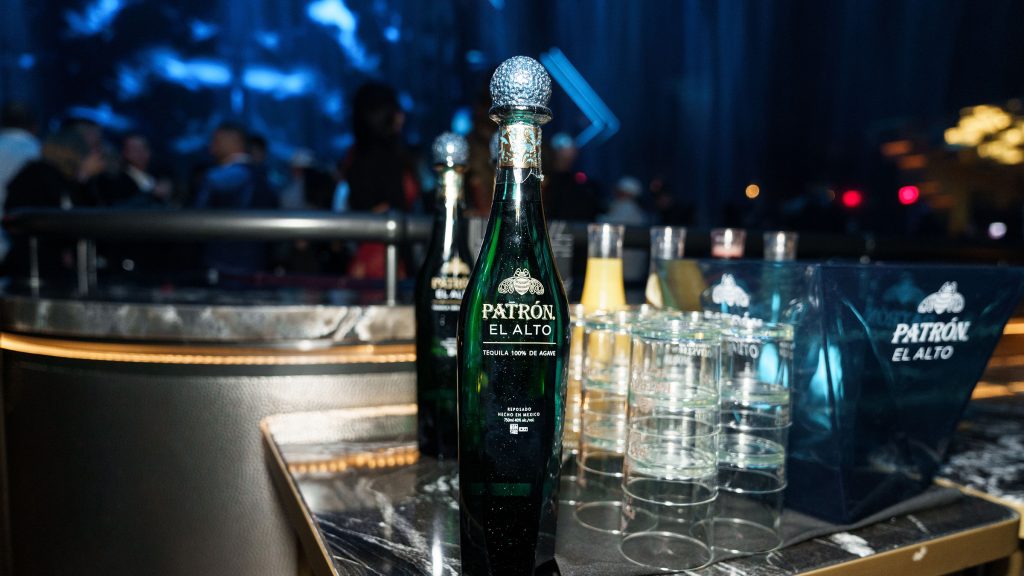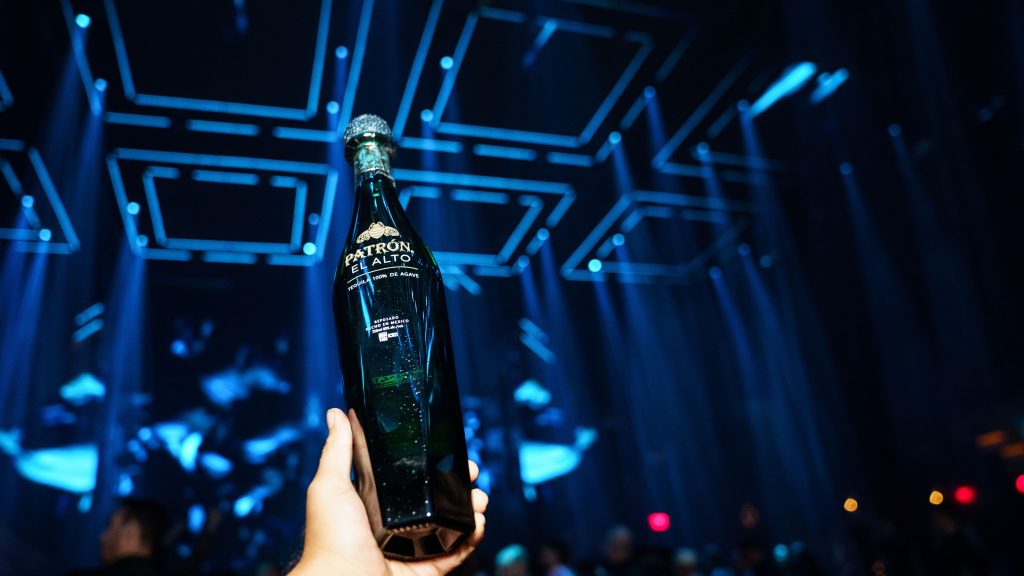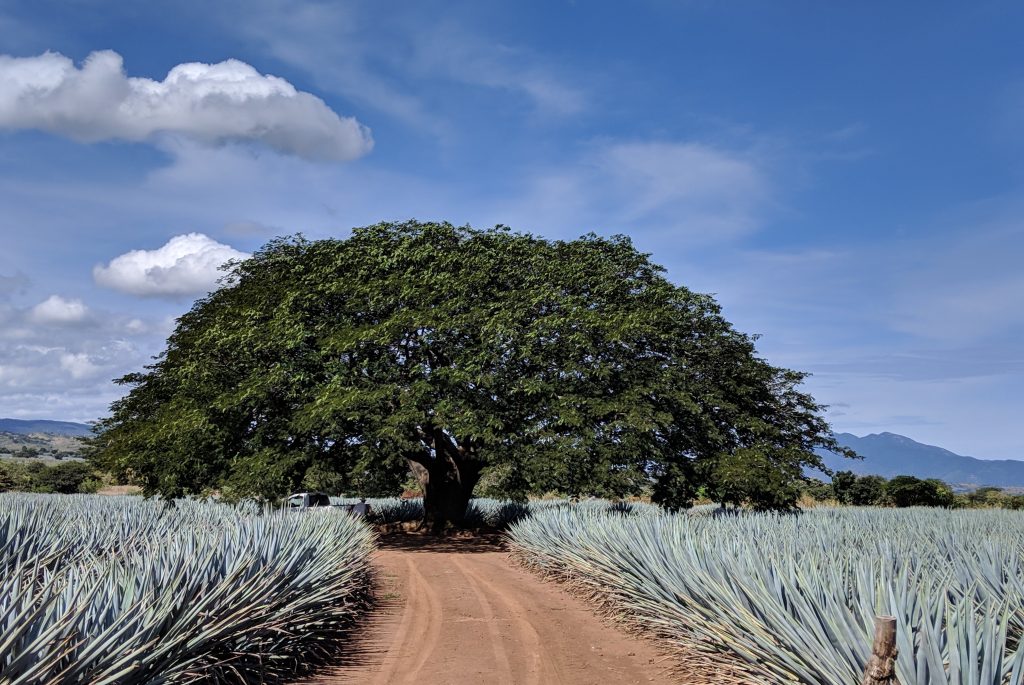Patrón El Alto Ventures into the Prestige Market
This recently released barrel-aged tequila is aimed at collectors

For years, the tequila category has moved toward becoming the next captivating collector’s market while the liquid has maintained its image as a party staple. No brand embodies this more than Patrón. The well-known, big-box brand has a history of cultivating a blend of celebration and luxury, and with the recent launch of Patrón El Alto, a prestige product, the company is aiming for a new covetable status.
Regardless of what you think of when someone suggests tequila, it’s currently the fastest-growing spirit in the US. In fact, Americans spend more on agave spirits than whiskey, according to the research group IWSR. The market is expected to exceed $14.7 billion by 2028, globally, and a “premiumization” has taken root across the sector.

Patrón El Alto, which loosely translates to “The Heights” (or really “The Tall”), slots in at the top of the Patrón line, outside of a number of specialty series like their Lalique and Guillermo del Toro tipples, which feature unique bottles and limited-run tequilas. While a lot of this may seem like marketing, the amount of time, effort and work that Patrón, a family-owned company, has put into crafting its first tequila for the prestige territory is notable.
El Alto is distilled exclusively from mature Weber Blue Agave harvested in the highest parts of Jalisco, Mexico. It’s a blend of Ańejo, Extra Añejo and Reposado tequilas which have each been aged to their maximum potential, according to David Rodriguez, master distiller at Patrón. The Extra Añejo, which makes up the majority of Patrón El Alto, is aged for four years, and the youngest tequila, Reposado, is aged for six months.

The tequila is aged in hybrid barrels, but Rodriguez wouldn’t say whether those barrels were first-fill or purchased from other spirits or winemakers to impart some of the unique caramel, vanilla and dried fruit flavors to El Alto. He did say that barrel aging is a key part of the tequila-making process at Hacienda Patrón, however. The company says it uses American and French oak barrels for a number of the spirits in the Patrón portfolio, including the core line (Patrón Reposado, Patrón Añejo and Patrón Extra Añejo) and Gran Patrón line (Gran Patrón Piedra, Gran Patrón Burdeos). It’s safe to assume that the company is repurposing the barrels from its other lines. Those used for El Alto are made up of French Limousin and new American oak staves.

Patrón doesn’t use additives like sugar or coloring in any of their tequilas, and Rodriguez says that the unique flavor—which is far more suited to sipping in long-stemmed glasses than shooting with salt and lime—comes mainly from the painstaking, traditional tequila-making process known as the Tahona method. Once the mature agave is harvested, the plants are baked in clay ovens for several days before being crushed under a two-ton volcanic stone wheel called a Tahona. Tahona is the name of the wheel itself, and it comes from the Nahuatl language of indigenous Aztecs.

El Alto is much more in the vein of a traditional tequila: one that’s meant to be sipped slowly and enjoyed in celebration of a life event. Its flavors are warm, inviting and somewhat sweet. El Alto is more reminiscent of a well-rounded whiskey or aged rum than the tequila most of us think of. Whether or not Patrón’s foray into the prestige segment will move the needle with collectors, however, will remain to be seen.
El Alto is priced at $179 a bottle and is only available in a handful of markets, including Miami, Los Angeles, Las Vegas and New York.
Images courtesy of Patrón












